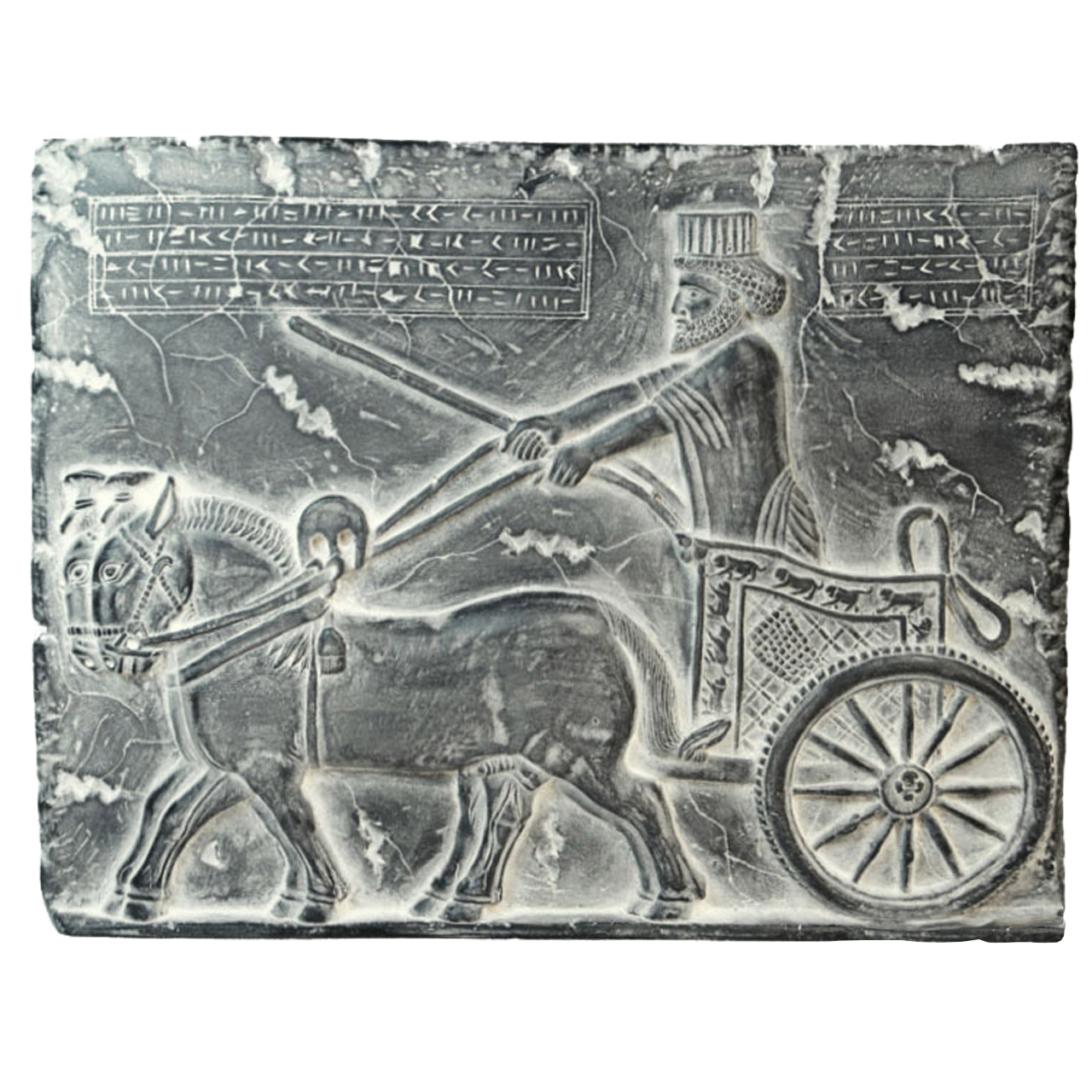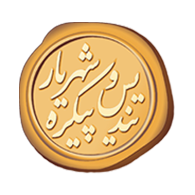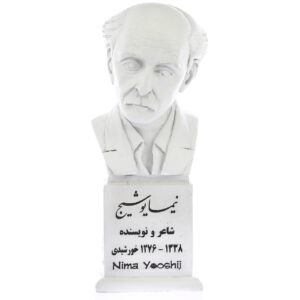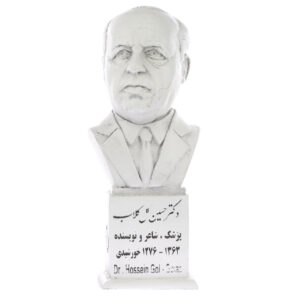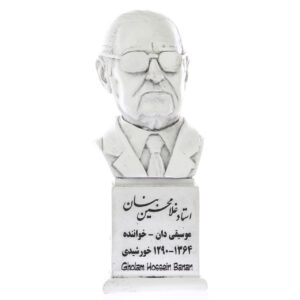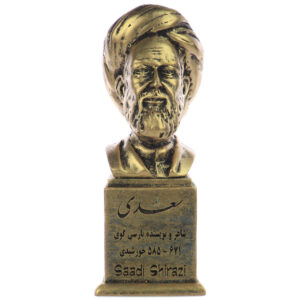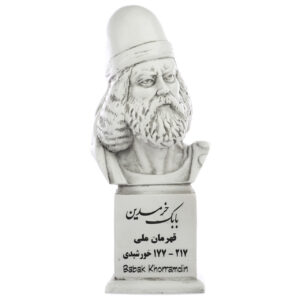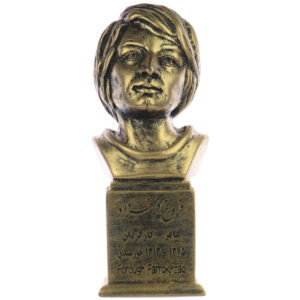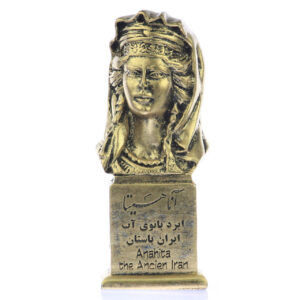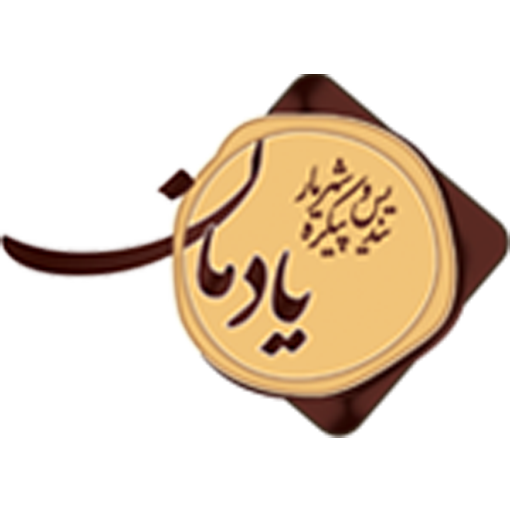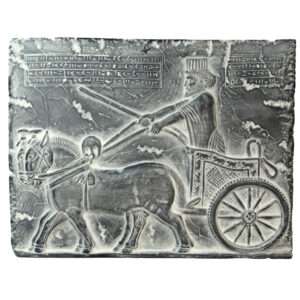The Nisaean or Nesaean plain, which is mentioned by several ancient authors, was well-known for its horses and clover (medicago sativa, “purple medic” or alfalfa). The plain must have been part of the Zagros range, and was probably along the road from to Behistun and Hamadan (ancient Ecbatana), although a more northern location is implied by an anecdote about Mark Antony, who saw these horses when he invaded the Parthian Empire.
The Nisaean horses are usually mentioned as pulling the Achaemenid royal chariot or chariots used in some sort of cultic practice. They were so famous in the ancient world, that c.130 BCE, the Chinese emperor Han Wu-ti (r.141-87) sent a courtier named Chang Ch’ien to buy them. Although he failed in his mission, the result of his voyage was the opening of the Silk Road.
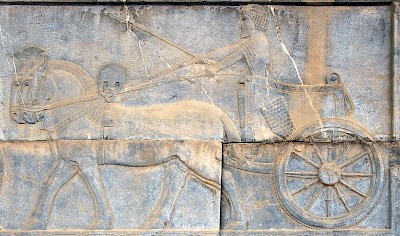
Centuries later, the Persian king Shapur I (r.241-272 CE) offered the Jews in the Sasanian Empire a fine white Nisaean horse, just in case that the Messiah, who was thought to ride a donkey or a mule, would come.note There is no need to doubt the story, because Zoroastrians had started to believe in a Savior as well, the sošyan.
In the neighborhood, forty kilometers upstream from modern Sa’îndezh, was the royal residence of the Median and Persian kings, Sikayauvatiš, which dominated the road between Media and Armenia. Here, Darius I the Great killed the Magian usurper Gaumâta (29 September, 522 BCE) and became king of the Persian empire.











 Candle Holder
Candle Holder Coasters
Coasters Jewelry Box
Jewelry Box